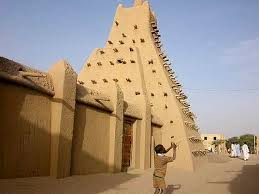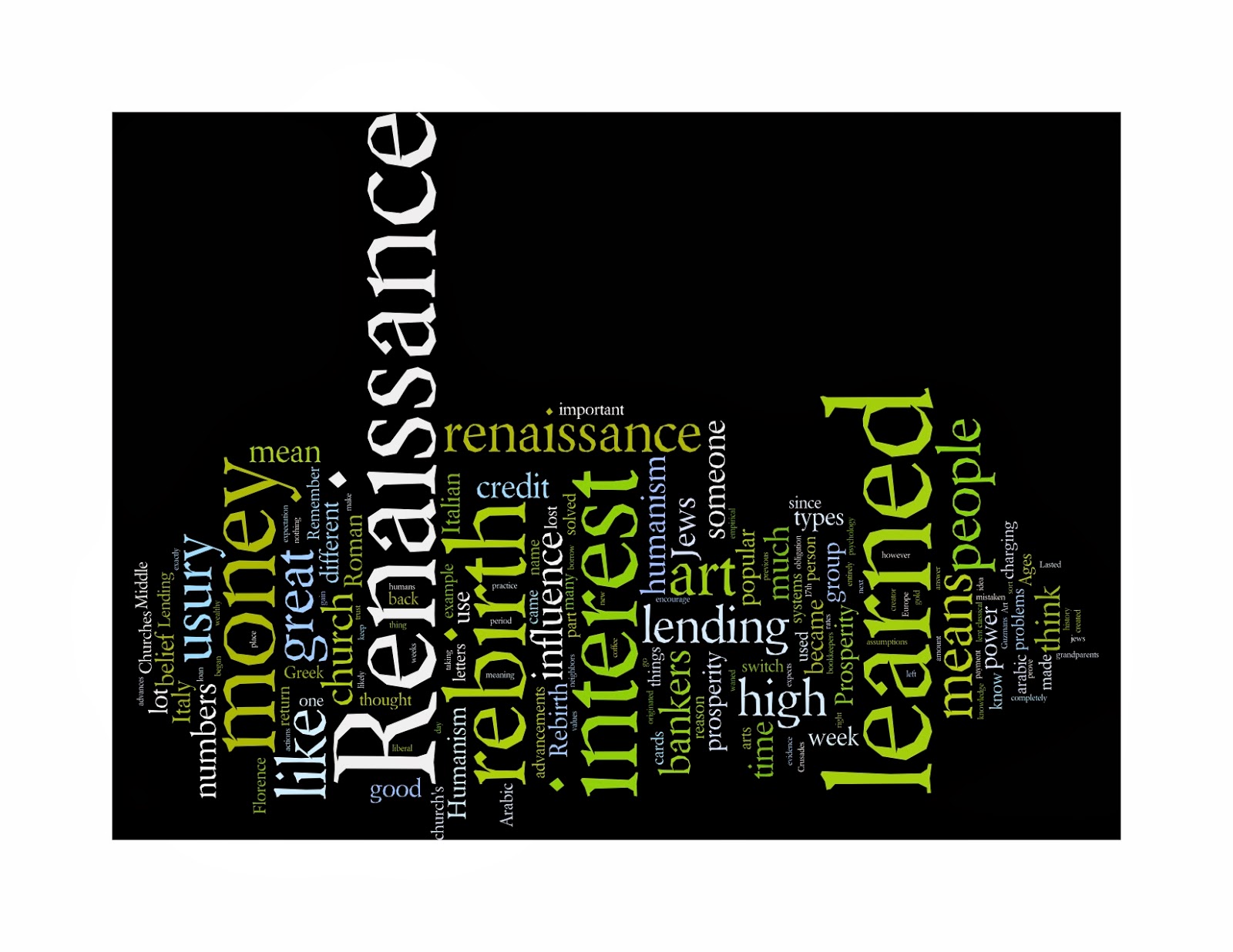The county I teach in is divided into different zones. In each zone there are multiple elementary schools that feed into one middle school per zone. That one zone middle school then feeds the zone high school. Twice a year we have Vertical Team meetings. The members of the team are all of the social studies teachers in our particular zone. This coming week is our meeting and I am leading this time.
A dear friend of mine had a similar meeting in her zone a few weeks ago and presented a book to her team. The book is called "Teaching for Recall and Analysis: New Strategies for Improving Student Achievement in Social Studies" by R. Michael Pryor. After reading the book I would say I disagree with the "new" part of his subtitle. I have, or know teachers who, do all of the strategies. However, he did take these old strategies and breathe new life into them. Perhaps a better subtitle would have been "New Breathe to Proven Strategies for Improving Student Achievement in Social Studies". But no one asked me.
I thought I'd share her PPT and the information that I am going to present to the group.
This is the initial slide that goes over the purposes of the book. The author identifies some common problems within the social studies classroom: mastery of content, not just regurgitation of facts to be forgotten, performing well on standardized tests, students who have the ability but may not have the tools to be successful in Advanced Placement classes, ensuring that all time is used in the class- that bell-to-bell instruction and finally, giving different ways to show how you can allow students to show that mastery.

This slide discusses the main ways history "works". Of course, chronological flow is crucial to the teaching of history. Some teachers have different standards when it come to chronology: do you want students to know specific dates (The Battle of Hastings happened on October 14, 1066, the fall of 1066, in 1066, the early part of the 11th century or the 11th century) or do you want student to simply know that the Battle of Hastings happened before the Hundred Year's War? Either way, this is that chronological flow. Also, students need to know that events were caused by certain things or how did an event affect other happenings. On a side note, NPR had a fascinating article about how the 20th century would be different had WWI not have happened. There are two links to that story: story
one and story
two. Then you have the tiers of facts, inferences and judgements about a person or event: What are the facts, what can you infer about those facts and then finally you synthesize or make judgements about those facts/inferences. Finally, the author discusses the comparing and contrasting (one of my personal favorites!). This can be done a few ways: Venn Diagrams, Think Map (c) double bubble are two ways that come to mind.

Now we get to the new breath: the author describes how the old Venn Diagram can be revamped. One idea he discusses is the use of colored Venn Diagrams: the teacher has colored balls that match the colors of the Venn Diagram and the students/teacher toss the ball to classmates. If the student catches the green ball they have to give something that goes with WWI (see picture), if the student catches the yellow ball they have to give something about the Spanish American War. In addition to the yellow and green ball you would have a blue one too: yellow and green make blue (right?!). If the student caught the blue one they would have to give something that they both had in common. In addition to the interactive Venn Diagram, the author suggested using three bubbles for three topics that have similarities and differences. The third suggestion he had was combing that sequence with the Venn Diagram and have multiple interlocking circles that are order and then could be described and have something in common with the next event.

Another strategy Pryor offers is the use of timelines. He suggests that the teacher make LARGE cards (either photocopied or written on large index cards) and students can make create their own floor timelines. A game for this would be to make it into a race- once the students are finished they ring a bell or shout their team name when they have correctly placed the items in chronological order.
The third strategy, not included in this powerpoint, is the History Wall. In a History Wall, the teacher places pictures of people, events, things, etc on a wall in the classroom. It can be changed as the unit changes or the teacher can keep it going throughout the school year. A few activities suggested were the use of a spotlight (the book had an overhead projector highlighting areas; however, I have not had an overhead in my room for four years- perhaps a flashlight or some other way to highlight information?). Students were to write as much information about ONLY the highlighted area. Another strategy was call out with sticky notes two or three items on the wall and have students write how they are related (cause and effect) to one another. I personally would like to do this next year and keep it up the entire year as the World History curriculum goes back in time to cover new civilizations.

This is the wrap it up slide. As educators we want students to be creating. I heard a wise teacher say: You shouldn't be working hard- you've already been to school. If the students can create it- let them. After all, isn't that the highest part of Bloom's?!
If you are interested in the book, click
here. It's an easy read and does have practical strategies that could be used for most any subject.
Happy Teaching!
C
 During my recent unit on Renaissance I found the UNESCO World Heritage site. This is a description from the website,
During my recent unit on Renaissance I found the UNESCO World Heritage site. This is a description from the website,










